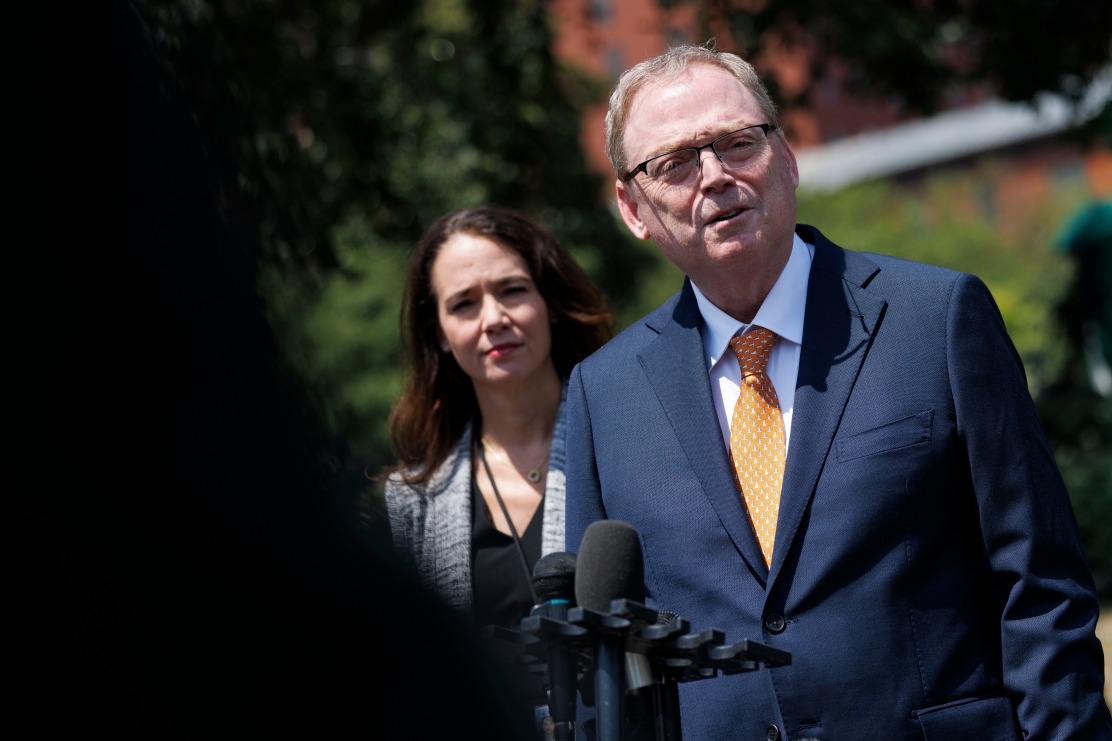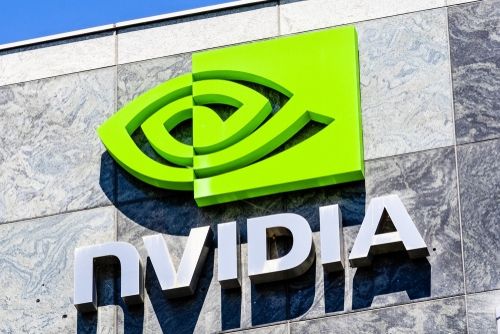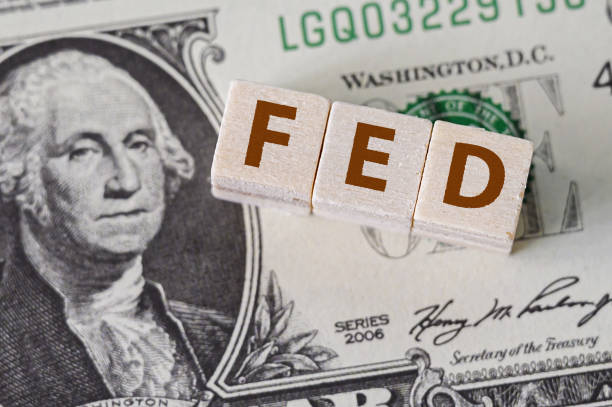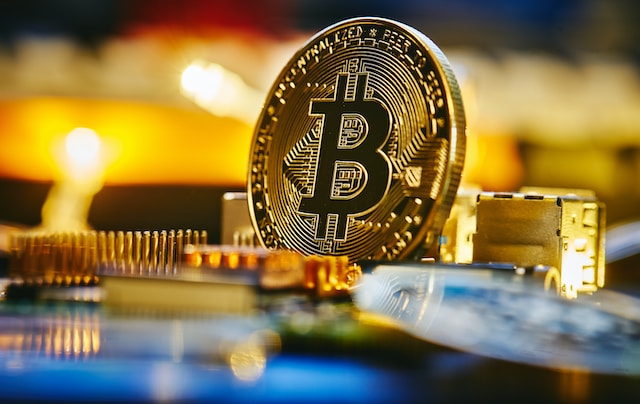As U.S. Regional Banks Wobble, Analysts Split on One-Off vs. “Cockroach Effect”

TradingKey - The bankruptcies of Tricolor and First Brands triggered JPMorgan CEO Jamie Dimon’s warning about the “cockroach,” while Zions Bancorp and Western Alliance’s recent disclosures of loan fraud and bad debt have further heightened market concerns over bank credit quality — a regional banking storm may be brewing.
On Thursday, October 16, U.S. regional banks Zions Bancorp and Western Alliance successively disclosed a concerning bad debt issue: they suffered losses of tens of millions of dollars from loans provided to funds investing in commercial real estate (CRE), which were defrauded. Both banks have now filed lawsuits against the borrowers.
Three consecutive credit blowups within one month have jolted investors’ nerves. The regional bank index (KRE) plunged over 6%, and the volatility index VIX surged 22.63%.
Wall Street is actively debating whether these recurring bad debt incidents are isolated cases or signs of a broader industry crisis.
Divisions Over the JPM’s “Cockroach”
JPMorgan CEO Jamie Dimon recently used the metaphor of “cockroaches” to warn of such risks, saying, “When you see one cockroach, there may be more.”
Dimon, who has consistently maintained a cautious stance on the U.S. economy, was the first to highlight the “cracks in credit” beneath the record-breaking Q3 earnings reports from Wall Street banks.
However, his remarks did not immediately shake capital markets. It wasn’t until the latest two regional bank bad debt events that financial markets became highly vigilant.
Hours after Dimon’s comments, Marc Lipschultz, Co-CEO of Blue Owl Capital, said linking the bankruptcies of Tricolor and First Brands to the entire industry constitutes “an odd kind of fear-mongering,” as they haven’t observed rising default rates or companies in distress.
Lipschultz believes these blowups don’t indicate problems with the $7 trillion private debt market; the real issue lies with syndicates.
In contrast, Goldman Sachs President John Waldron endorsed the “cockroach”, noting that private credit guys and Jamie are having a little bit of a back and forth, implicitly disagreeing with Lipschultz’s view of separating private credit from bank lending.
Waldron said that if pain comes, everyone in the credit system will feel it. He added that credit growth has exploded over the past decade, and if conditions deteriorate, the consequences would be severe.
Is This an Isolated Incident, Systemic Risk, or a Self-Fulfilling Crisis?
Stephens analysts noted that some banks had already previewed several isolated credit events this quarter, indicating these issues weren’t overlooked by bank investors.
Compared to the regional banking crisis triggered by Silicon Valley Bank’s collapse in March 2023, Steve Sosnick of Interactive Brokers believes the current two bank failures remain isolated incidents, with no signs yet of systemic risk.
Barclays analysis suggests there hasn’t been a single catalyst causing this problem over the past two years, but rather multiple interrelated factors. Some relate to regional banks’ own weaknesses, some to U.S.-China trade tensions, and others to concerns over stress in funding markets.
David Wagner of Aptus Capital Advisors agrees with the isolated incident view, stating that bankruptcies and fraud aren’t uncommon in markets and don’t necessarily escalate into systemic risks.
Timothy Coffey of Janney Montgomery Scott points out that to judge whether it brings broader systemic impact, one must observe the potential risks of private credit exposure to insured banks and declining credit quality due to economic weakness.
Regarding the Zions case, Truist analyst David Smith tried to find clues from the cause:
“Is it a good thing or a bad thing in credit terms if these loans went bad due to fraud as opposed to the normal course of business? Either way, there have been enough ‘one-offs’ in commercial credits for banks of late that investors are selling first and asking questions later.”
Timur Braziler, Wells Fargo analyst, adds that when credit risk rises, selling the entire sector reveals the answer.
Braziler also mentioned a possible “self-fulfilling crisis” and stressed that this is the core issue and what investors are trying to clarify.
“Historically fraud has been very idiosyncratic, very one off. And what if we are getting into an environment where more of these nefarious characters bubbled up to the top and fraud becomes a larger part of the conversation? I think that’s really the question at heart here and what investors are trying to figure out.”







